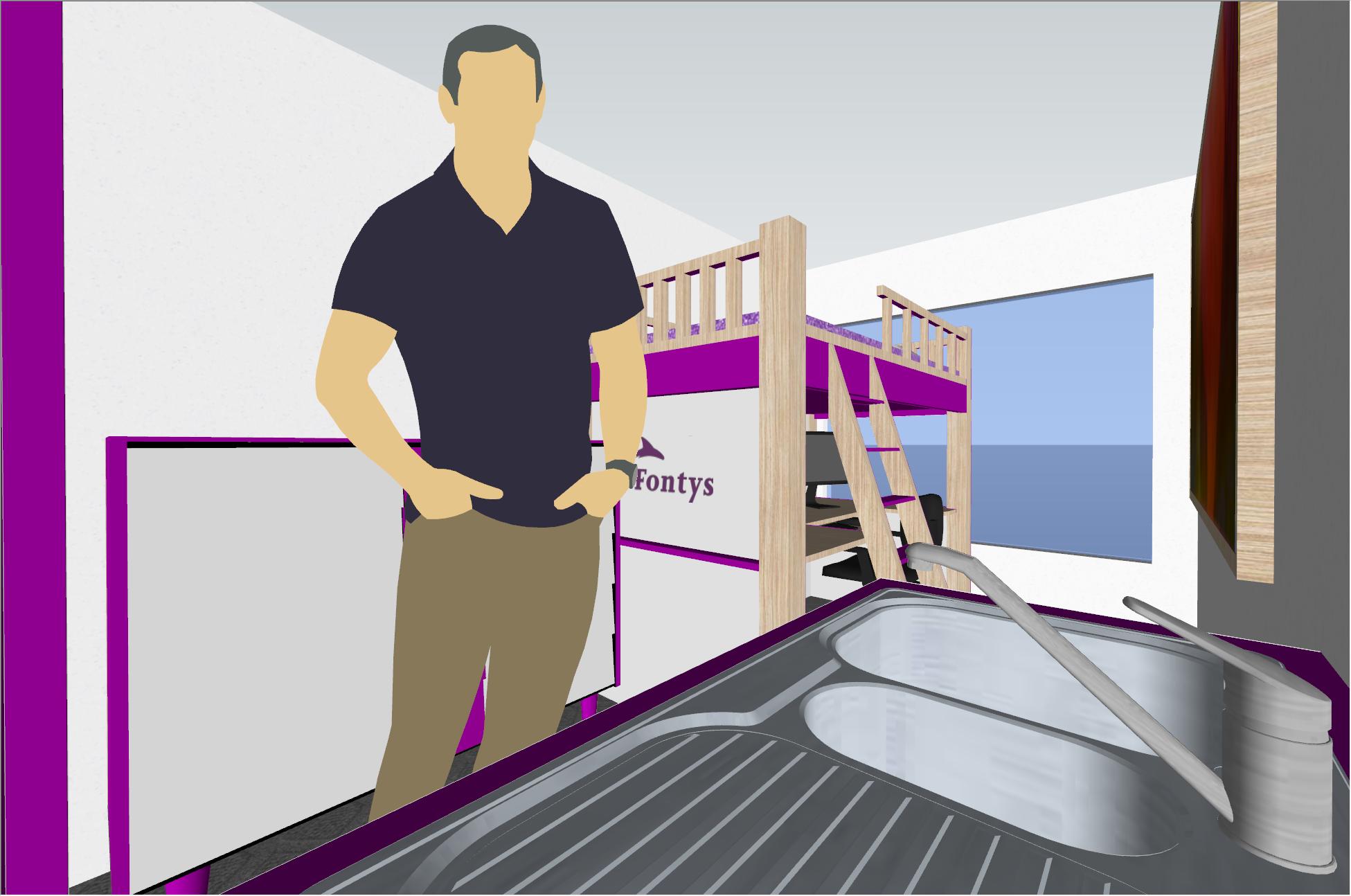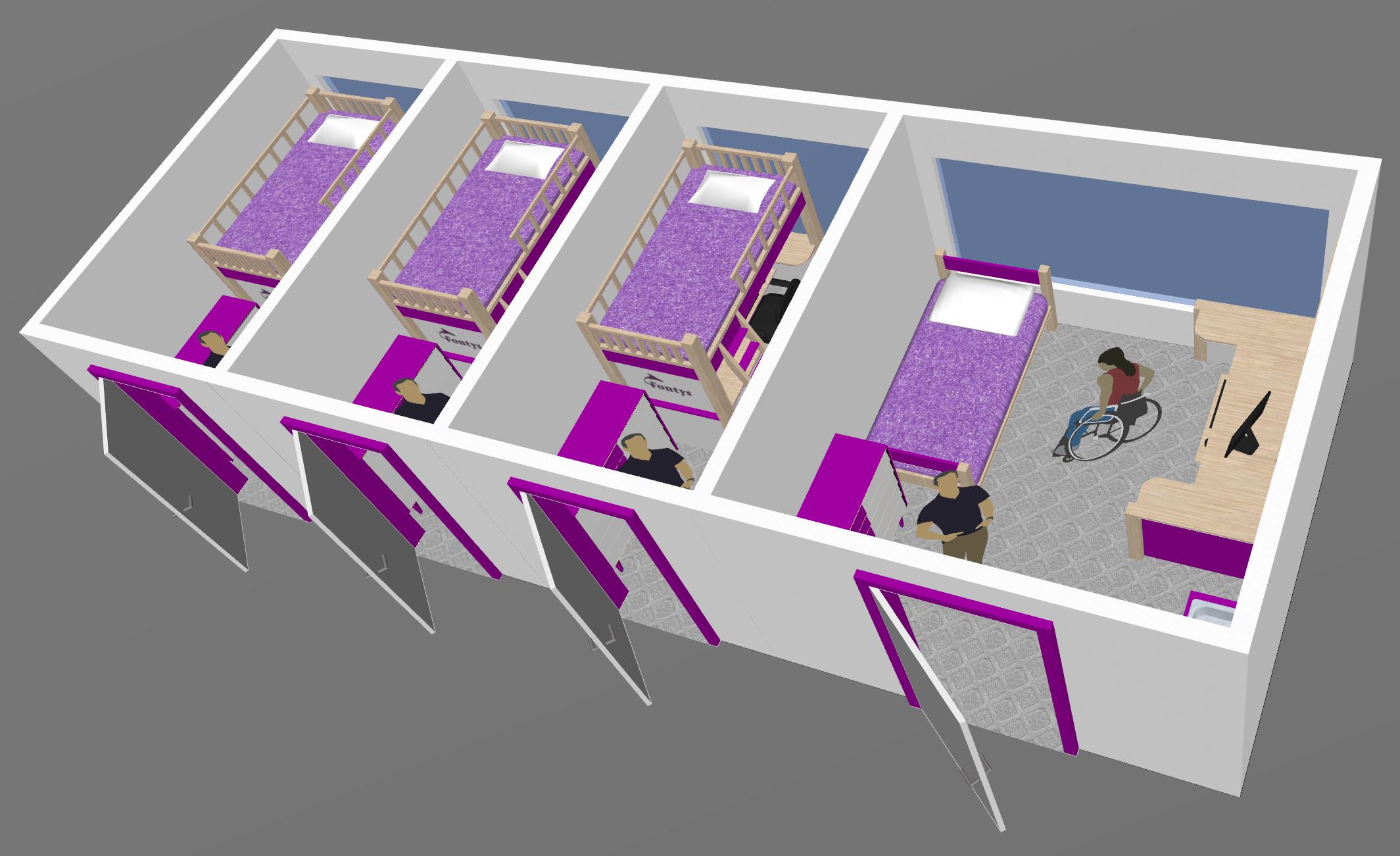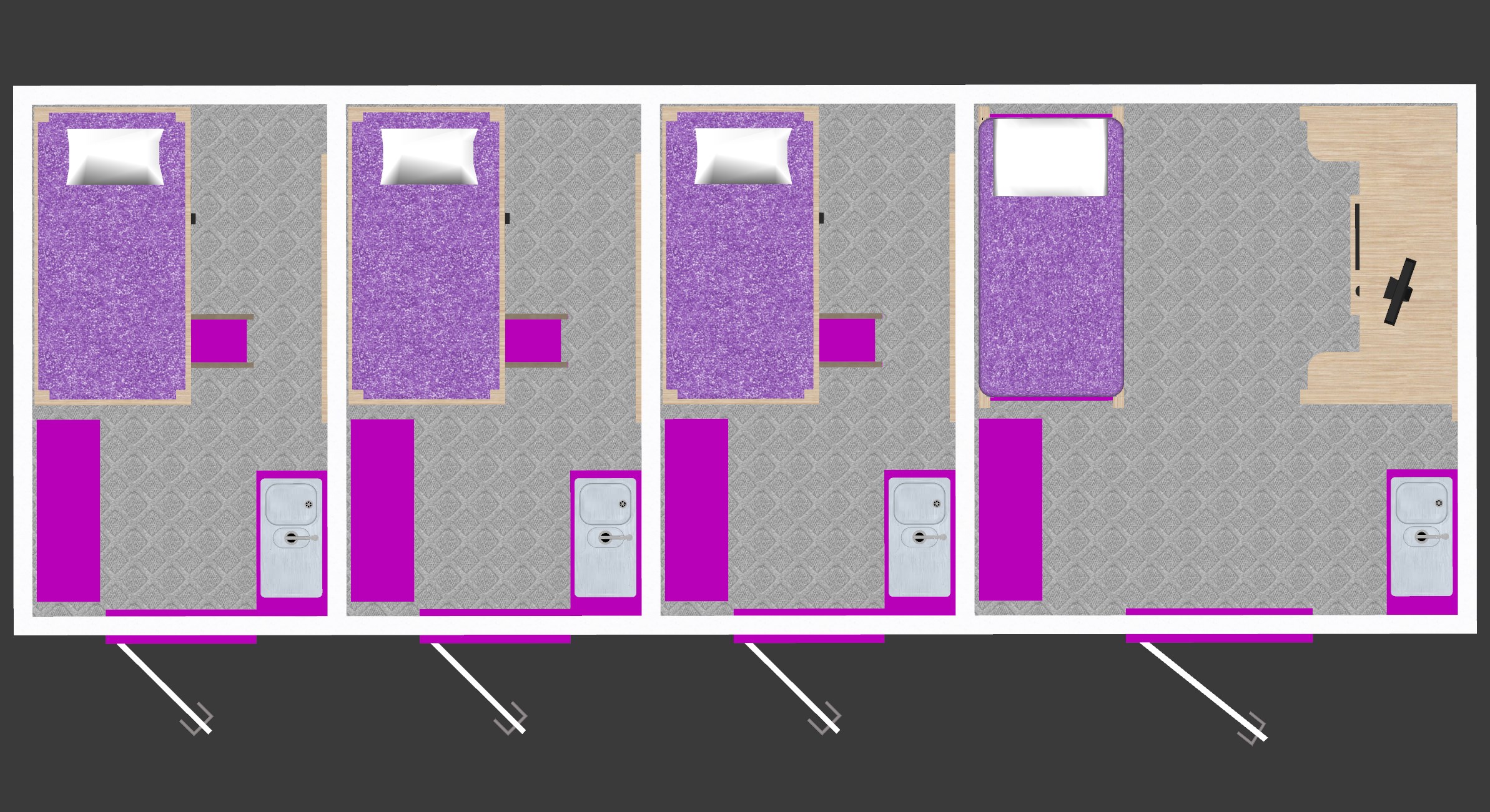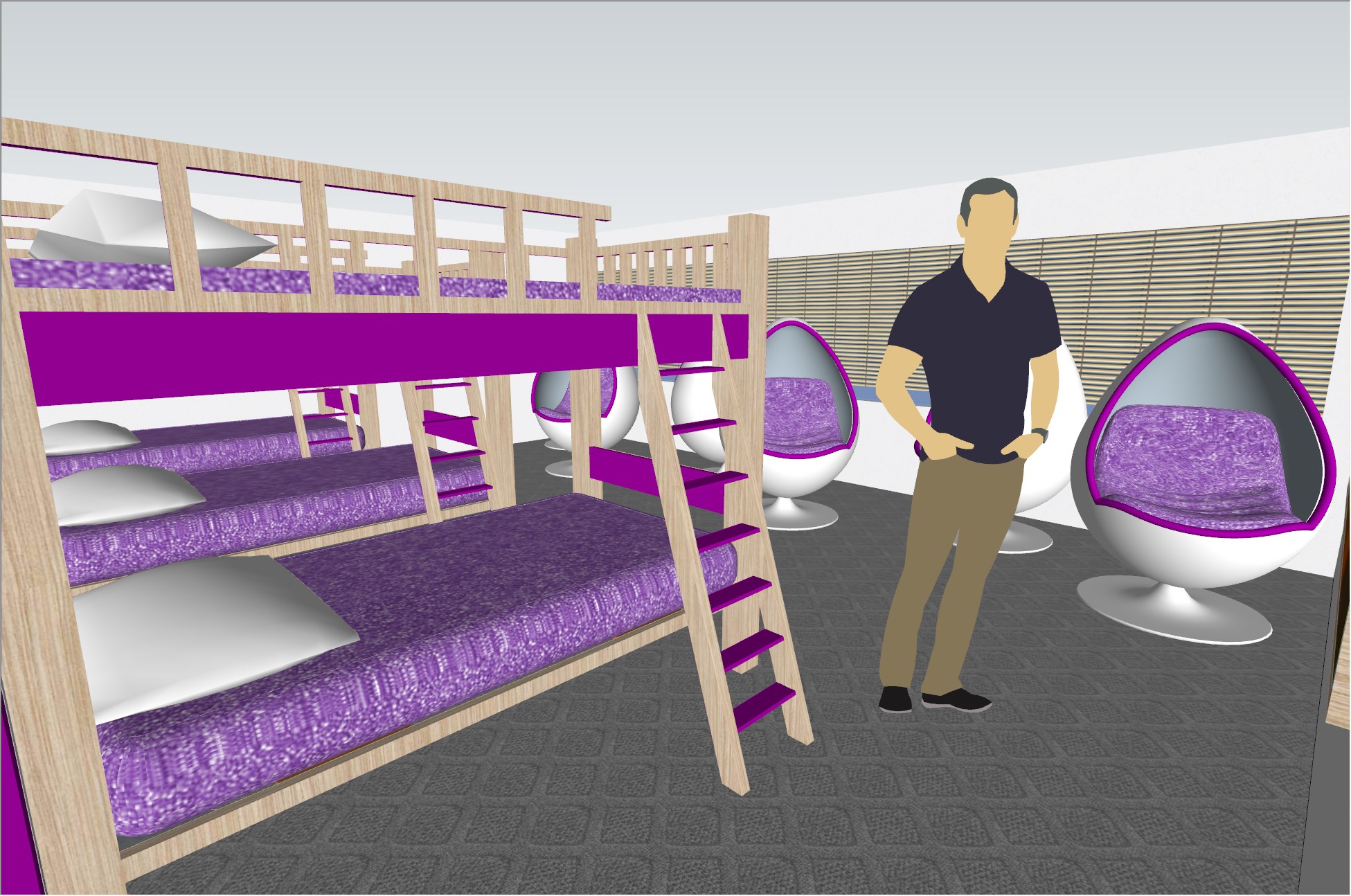Process:
I found it really, really hard to put together a list of 10 problems I had that were in some way relevant to each other. After raising that issue with Woody, I decided to just make a list of my biggest problems overall, with some personal problems and some global problems. We then had to pick one issue that we would try to design a solution to.
Picking one single problem out of the list was no easy task. I wanted to find something I could use to make people think about why we take the problem for granted. Lots of people talk about not getting enough sleep, though nobody really seems to discuss what we can do to change it. The problem always seems to be attributed to the person who suffers from it. People tell them to go to bed earlier, take sleeping pills or to not use screens for an hour before bedtime. This assumption doesn’t usually take into account that the vast majority of these people simply don’t have enough time after school or work to get things done before bedtime. I knew I could help society as a whole by bringing more attention to this issue, so I went through with it and came up with a solution.
My solution was to propose a design of a sort of on-campus student hotel and napping rooms. The hotel would feature small but comfortable ‘dorm’-like rooms that students who have to travel around 4 hours total, or more, would be allowed to stay in during week nights. The napping room would have beds and sleeping chairs/pods as seen at companies like google. Finally, the last part of the solution would be adjusting the class schedules to have two longer breaks just for students to have a chance to catch up on some sleep in the napping rooms.
I wrote a short but concise paper on my motivation, question and solution that explains it all:
I adhered to the definitions of critical design by Dunne & Raby:
- It is not negative and anti-everything
I decided to make a solution that would benefit everyone in a positive way and not position it opposite to the status-quo, but rather find a way to work inside it. - It is not only commentary and can actually change things
While I wrote down the details of my solution, I also worked on a 3D model as a concept. Were this concept to be realized it could actually work to improve people’s lives. - It is not jokey but satire
I didn’t focus on humor for humor’s sake. The designed solution comes down to sleeping at school in a way. Since that is usually regarded as something you’re not supposed to do, I want to make people wonder whether it is serious or not. - It is concerned with aesthetic
While my solution was to create something practical, I also chose to fit it within the visual identity aesthetic of Fontys to give it more of a context within our school. - It is not against mass-production
The way I designed my solution was to encourage mass-replication. I kept the rooms as small as I could while fitting in all of the basic needs so that it would be easier to implement the concepts in as many locations as possible. - It is real
The solution is something that could be real. It’s based on similar existing concepts found in other places such as American universities and companies like Google so it could definitely be actually implemented. - It is not art
These rooms are definitely not designed to be artful. While the aesthetic is meant to fit within a given guideline, it isn’t designed to solely be pleasing to the eyes.
Reflection:
It was definitely an interesting experience trying to narrow down all my problems and then making a list of the biggest ones. It really made me think about what is wrong with the world, and what it could be if everyone was more critical of their own problems in the world. I hope that by designing a potential solution to the problem I chose, I can get other people to think about it as well.
All-in-all I think I’ve learned to not only be critical of the status-quo of things, as I was to some extent at the start of this learning journey, but to also try and make other people think about these things as well. The more people that are aware of the problems they face every day, the more we can try and do to make the world a better place for all of us.







